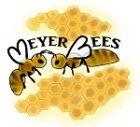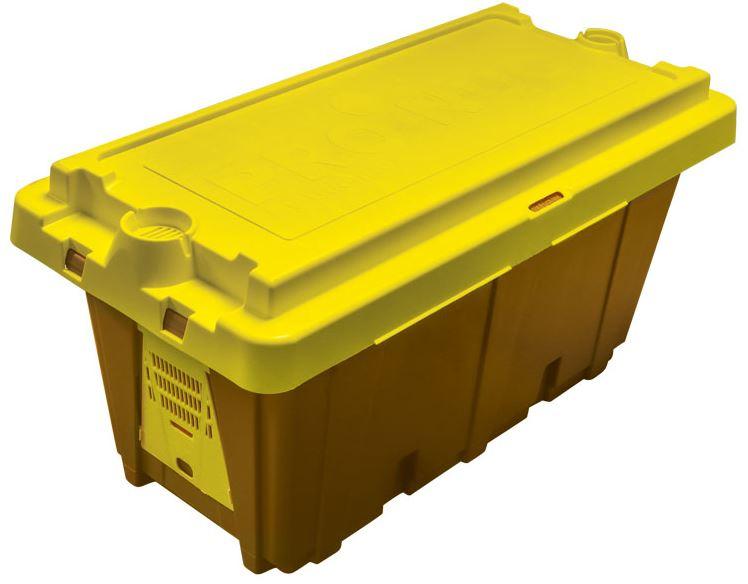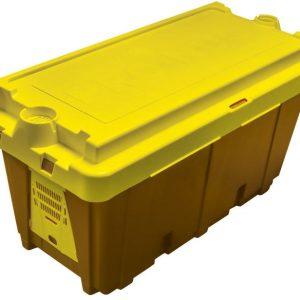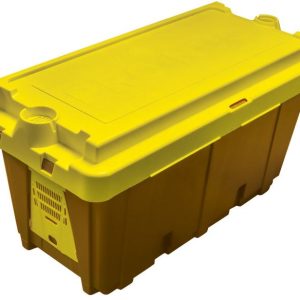Italian nuc with mated and laying marked Italian queen, 2-3 frames brood, 1-2 frames honey/pollen. All Italian nucs consist of 5 deep frames (medium frame nucs available upon request). These nucs are built with young 2026 Italian queens from splits at our Minooka apiary. The Italian nucs are allowed to build up for a brood cycle or two to ensure the queen has been fully accepted and her brood pattern is good. For pickup at our Minooka, IL apiary.
From the commercial and breeding point of view the value of the Italian honeybee lies in a happy synthesis of a great number of good characteristics. Among these we must mention industry, gentleness, fertility, reluctance to swarm, zeal for building comb, white honey-cappings, a willingness to enter supers, cleanliness, resistance to disease, and the tendency to collect flower honey rather than honey dew. The last-named trait is of value only in countries where the color of the honey determines the price. The Italian nuc queen has shown that she is able to produce good crops from the red clover.
Italian Nuc Strengths
- shows strong disposition to breeding and very prolific
- cleanliness/excellent housekeeper
- uses little propilis
- excellent foragers
- superb comb builder
- covers the honey with brilliant white cappings
- shows lower swarming tendency than other Western honey bee races
- for areas with continuous nectar flow and favorable weather throughout the summer
- industry standard
- gentleness
- a willingness to enter supers and fill them up
- tendency to collect flower honey rather than honey dew
Italian Nuc Weaknesses
- inclined to excessive brood rearing
- susceptibility to disease
- high consumption of stores
- more prone to drifting and robbing than the other principal races of Europe.
- the strong brood rearing disposition often results in large food consumption in late winter or early spring that causes spring dwindling and hence
- slow or tardy spring development
- brood rearing starts late and lasts long into late summer or autumn, irrespective of nectar flow
- tends to forage over shorter distances than either carnica or mellifera, and may therefore be less effective in poorer nectar flows





